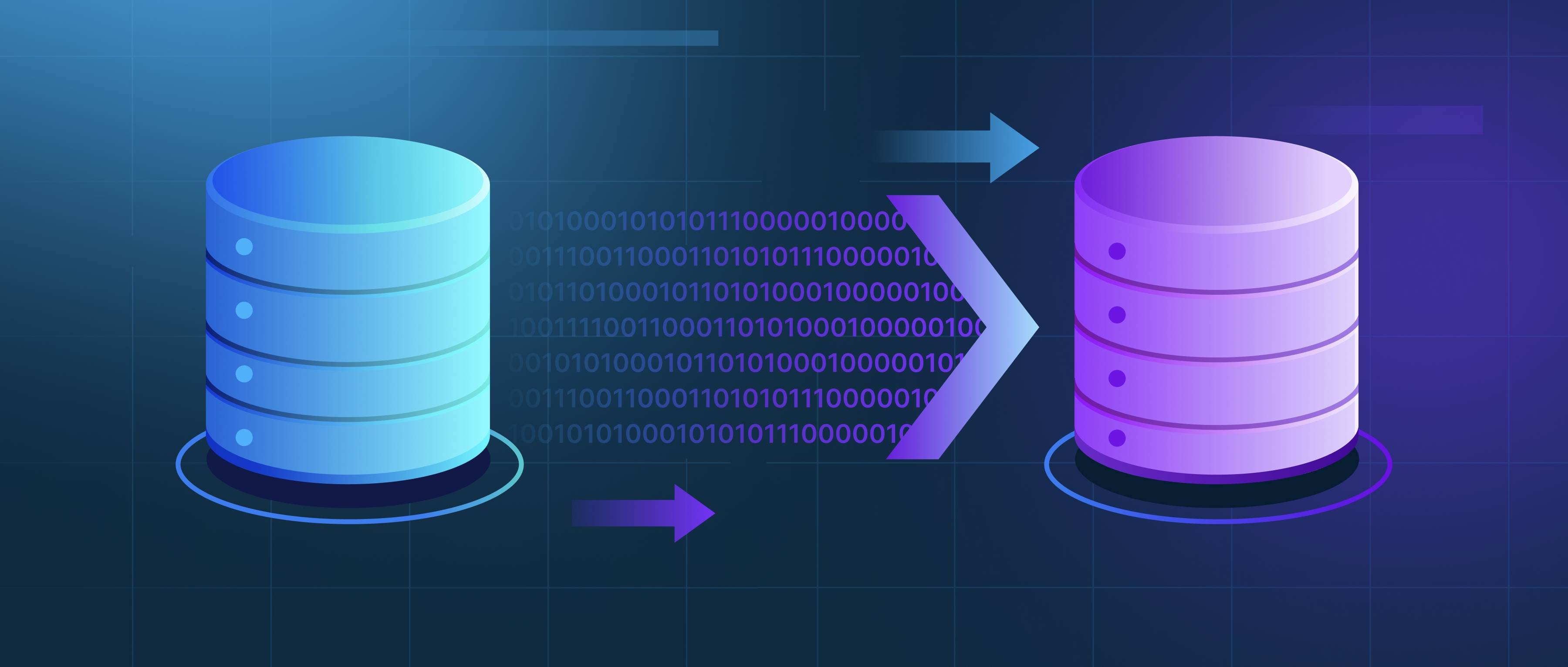Image processing and computer vision are closely related fields that deal with analyzing and understanding images. Image processing refers to the manipulation of images through computational techniques to enhance or extract information. This can include operations like resizing, filtering, enhancing contrast, and removing noise from images. The goal is typically to make the image more useful for further analysis or to prepare the data for machine learning models. On the other hand, computer vision is broader and focuses on enabling machines to interpret and understand visual information. It involves tasks such as object recognition, motion tracking, image classification, and scene reconstruction. While image processing prepares the image data, computer vision goes further by allowing computers to "understand" what is in the image, similar to how humans can recognize objects or patterns. For example, in an autonomous vehicle, image processing is used to clean and prepare the images taken by cameras, while computer vision helps the car understand the road, recognize pedestrians, and make navigation decisions.
What is image processing and computer vision?

- Getting Started with Milvus
- Natural Language Processing (NLP) Advanced Guide
- Large Language Models (LLMs) 101
- Mastering Audio AI
- Information Retrieval 101
- All learn series →
Recommended AI Learn Series
VectorDB for GenAI Apps
Zilliz Cloud is a managed vector database perfect for building GenAI applications.
Try Zilliz Cloud for FreeKeep Reading
How does open-source software impact user adoption rates?
Open-source software has a significant impact on user adoption rates, primarily due to its accessibility, collaborative
How does Gemini 3 handle complex video reasoning or timelines?
Gemini 3 can handle video reasoning by treating the video as a sequence of visual and sometimes audio events along a tim
What role does tokenization play in self-supervised learning for text?
Tokenization is a crucial process in self-supervised learning for text, as it transforms raw text into a format that mod